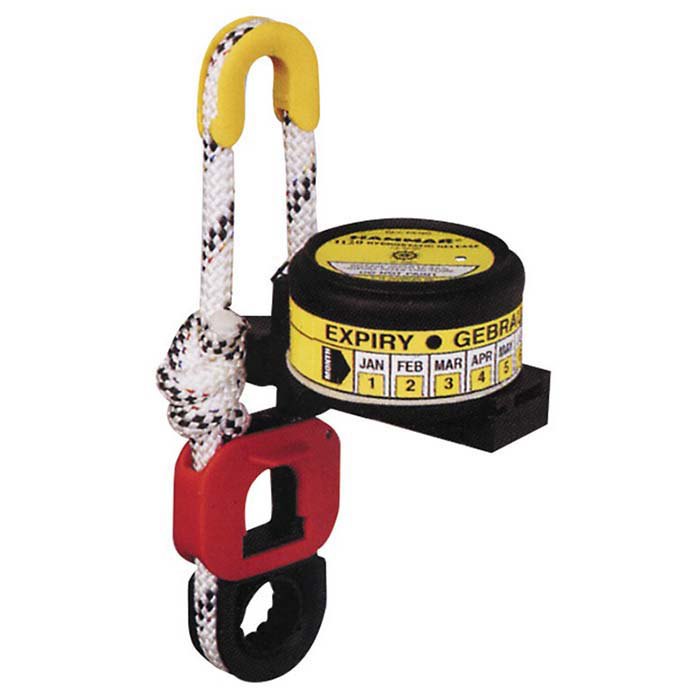Hydrostatic Release Units (HRUs) are critical safety devices used in conjunction with liferafts on ships. They ensure the automatic release of liferafts in emergency situations, helping to ensure the safety of passengers and crew. Here’s a simple guide to understanding HRUs, touching on both technical details and regulatory requirements.
Visual and Dimensional Examination: Before testing, two samples of HRUs undergo a visual and dimensional examination. If they match the manufacturer’s specifications, they move on to further testing.
Technical Tests: HRUs undergo several technical tests to ensure their reliability and effectiveness.
- Corrosion Resistance Test:HRUs are exposed to a saltwater spray for 160 hours without interruption.After the test, there should be no corrosion affecting the unit’s efficiency.
- Temperature Test:HRUs are subjected to temperature cycling and then operate in seawater at different temperatures.This ensures the HRU functions effectively under various environmental conditions.
- Submergence and Manual Release Tests:HRUs are tested with a buoyant load underwater.They should release at a depth of not more than 4 meters.After resetting, HRUs should be capable of manual release if designed for it.
- Strength Test:HRUs are subjected to a tensile test for a specified period.Different tests are conducted based on the liferaft’s capacity.
- Technical Tests on the Membrane:Membranes within the HRU undergo various tests for resistance to cold, heat, flexing, oil, seawater, and detergents.The materials should show no visible cracking or deterioration.
- Solar Radiation Test:HRUs may undergo a solar radiation test to ensure they can withstand exposure to sunlight.UV stability is crucial for this test.
Performance Test: Performance tests are conducted using liferafts to ensure the HRU operates as intended.
- Testing with Liferafts:Tests are conducted using the smallest and largest liferafts the HRU may be used with.If the liferaft size range exceeds 25 persons, intermediate sizes are also tested.Liferafts are placed horizontally and tilted at various angles before being submerged vertically.
- Release Depth:The HRU should release the liferaft at a depth of less than 4 meters under different testing conditions.
Conclusion: Hydrostatic Release Units play a crucial role in maritime safety. These devices undergo rigorous testing to ensure they can withstand various environmental conditions and perform effectively during emergencies. The regulations outlined above help ensure the reliability and functionality of HRUs in real-world scenarios.

